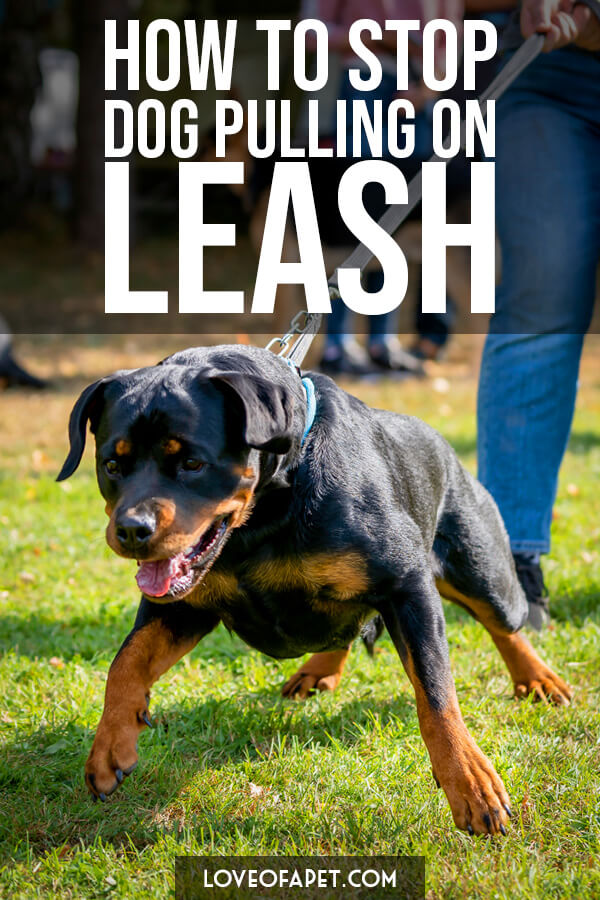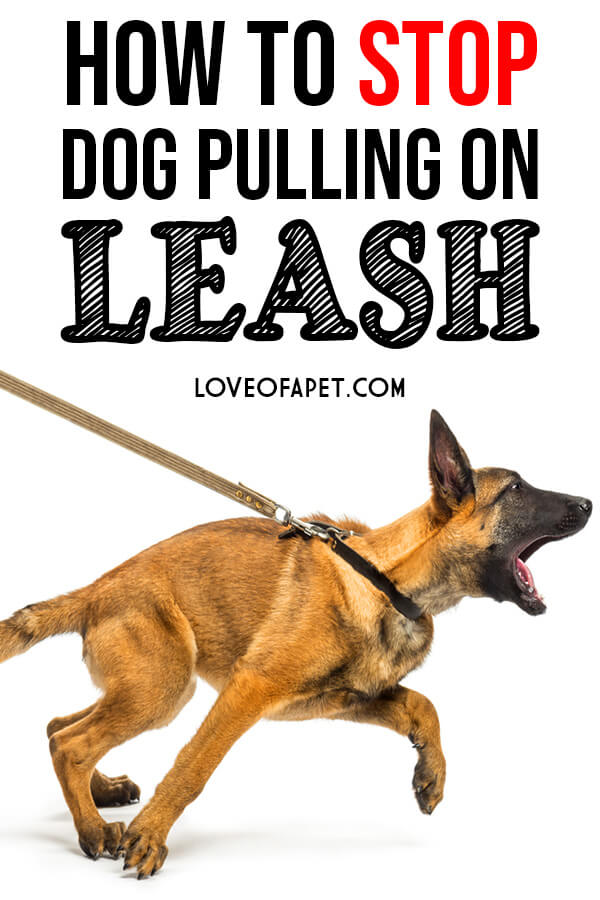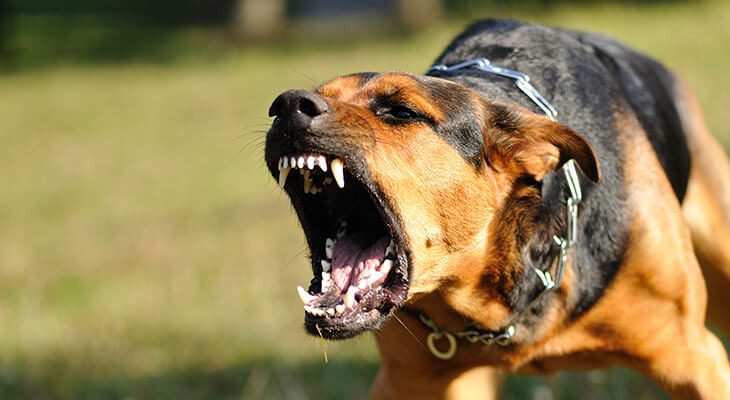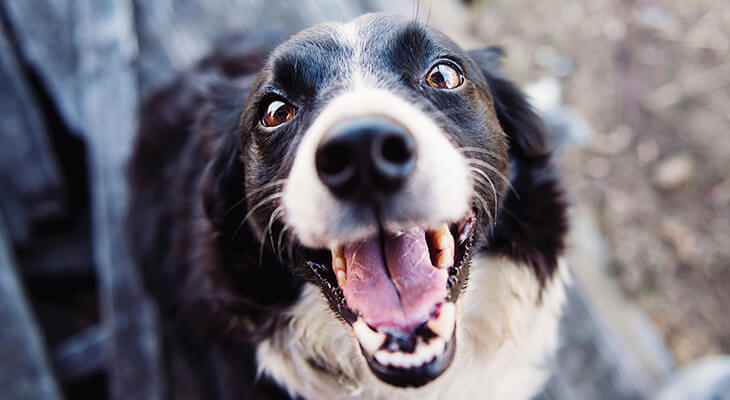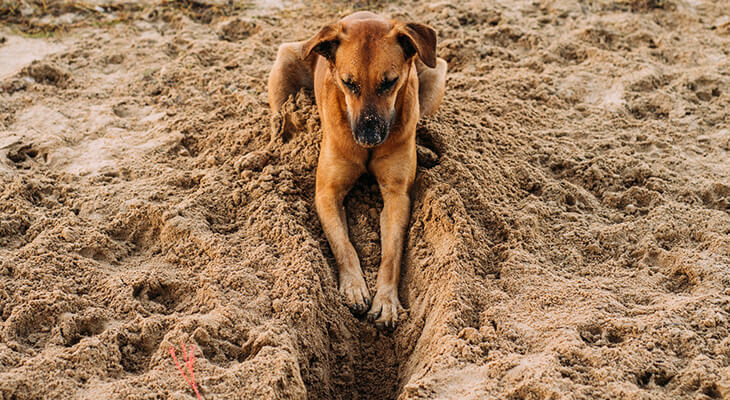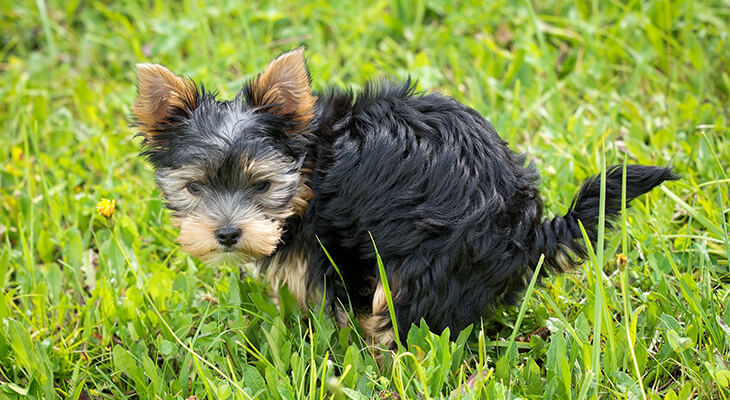Learn professional tricks on how to stop your dog from pulling the leash with the help of this simple guide. Read on to find out dog trainer’s secrets on “Why do dogs pull on leach?” and “How do you stop a dog from pulling?”
Leash training is a fundamental part of puppy training. A leash is important for a dog’s safety and for people around it. Leash training is beneficial to both the dog and its owner.
Owners get the comfort of easy walking when they take their dog out for a stroll, and dogs are able to enjoy the freedom to seek and discover the interesting surroundings. However, it can be quite frustrating to have a dog that pulls at its leash. Aggressive leash pulling is dangerous for both the dog and the owner. Such type of pulling is also called leash lunging, leash aggression or reactivity.
Contents
Why Do Dog’s Pull on the Leash?
It is essential for dog owners to understand exactly why your dog pulls at the leash. According to a common myth dogs usually pull on their leash because they are trying to exert their dominance and “lead the pack.” However, in reality, this is not true.
The most common reason for dogs to pull at their leash is stimulation, excitement or over-arousal. Dogs are curious creatures. They like exploring their surroundings.
They get excited with new sights, sounds, and especially new smells. They are eager to reach the source of interest quickly and often end up pulling at the owner who is holding their leash. The more exciting the source of arousal; the more aggressive will be the pulling.
Dogs may also carry out leash lunging if they are feeling frustrated, uncomfortable, repressed, or scared.
How To Stop Your Dog From Pulling On Leash?
These simple tricks will teach you how to stop your dog from pulling the leash:
1. Comfortable Collar:
Discomfort is one of the most common causes of leash aggression. If your dog is aggressively pulling at its leash, you should check its collar and change it if required. Very often dogs stop leash lunging when they are fitted with a comfortable collar.
2. Match the Movements:
Dog owners need to understand the cues and movements of their pets. If your dog is excited and finds something exciting, it is time to give it space and time. Observe your pet for signs and cues and try to match your pace with it. If it is stimulated, then increase your walking speed and match its pace. If you keep pace with your pet, it doesn’t need to pull at the leash at all.
3. Short Training Sessions:
While leash training your dog, it is a good idea to choose a short route. A shorter route is easy to manage as there will be fewer sources of excitement and stimulation on it. It is also essential to walk on the same route to build up familiarity. The dog doesn’t find a familiar track as exciting as a new track.
4. Burn Off the Extra Energy:
Dogs look forward to going out after being holed up indoors for the entire day. And their excitement level peaks as they discover quirky little things of interest like pet cats, squirrels, and a myriad number of different scents to stimulate their curious nature. It is a good idea to burn off their extra energy before taking them for their usual walk. Have an aerobics session or exercise session before taking the dog outside. They will be less energetic and boisterous during the walk and will be easier to control and manage.
5. Teaching Basic Commands:
Leash training can be really easy once your dog understands basic commands. It is essential to teach your dog basic commands like, “Come”, “Stop”, “No”, “Down”, and “Stay”. With the help of these commands, it becomes very easy for the owner to control the dog effortlessly. The dog is also better able to understand its dog parent and will lunge less at the leash.
6. Rewards Always Work:
Rewards and positive reinforcement work with all types of dog training. Positive reinforcement includes dog treat rewards, words of praise and appreciation, and lots of love and cuddles. A dog loves to be loved by its dog parent. And it remembers the actions that brought rewards to it. It will try to repeat the actions to earn more and more rewards.
7. Long Leash:
A long leash is one of the best ways to leash train a dog. A long leash can extend up to almost 50 feet. With the help of a long leash, you can release the leash length to give your dog more space and freedom. It is free to explore all the fascinating things around without worrying about the dog parent tugging at its leash. If you can’t keep up with your dog’s pace on-the-go, all you need to do is increase the leash length. No more problems with leash lunging.
8. Harness:
A lot of dog parents are concerned about using head harnesses. Do dog harnesses stop pulling? Are they safe to use? Equipment like head harness and no-pull harness are very helpful in leash training your pet.
- Head Harness: Though a head harness looks a bit threatening, they are a very effective tool in stopping leash pulling. It is usually slipped over the dog’s head instead of around the neck or chest. When the dog pulls the leash, its head is turned and it is unable to continue pulling forward. A head harness in rare situations may injure your dog, so it should be weaned off as soon as the pet has learned to walk suitably.
- No Pull Harness: A no-pull harness is clipped on to the dog’s chest. When your pet dog reaches the end of the leash and pulls, it will not be able to move in the direction they are pulling. Instead, it will be redirected towards you.
Walking with your pet is a delightful experience for both you and your pet. Always keep in mind you that you are going for a walk with your dog, so it is important for you to walk with it till it learns to walk with you.
